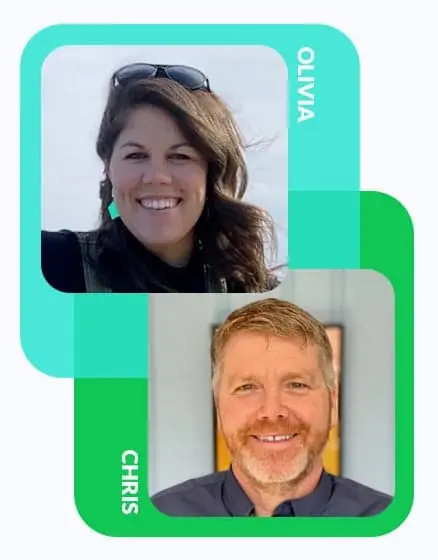Sunny Fleming is Esri's Industry Specialist for Environment and Conservation for State and Local Government. She read the Infrastructure Bill so you don't have to.
Here's Sunny's two cents on what the Infrastructure Bill is and what it means for environmental professionals and your everyday citizen.
Funding from the Infrastructure Bill primarily filters through programs that already exist, said Fleming. What's important is the shift in emphasis. The bill consistently brings up resiliency, sustainability, and equity, which Fleming sees as an emphasis in sensitivity toward the environment and all people within existing programs.
Environmental professionals are in greater demand than ever, and applied environmental knowledge is in high demand across all industries. For environmental agencies who carry out permitting, the funding coming down the pipeline means there will be more environmental review, and if there are inefficiencies in the existing operational processes, they're going to be exploited.
As a result of the increased demand, environmental agencies are looking to modernize their operations and streamline permitting processes. This is holistic, and requires location technology from field operations to work with stakeholders, public hearings, transparency, and everything in between, and moving the data around within the agencies. Fleming suggests environmental agencies assess their existing systems and understand how they work together (and how they don't), and identify areas ripe for improvement, especially using location technology that these agencies already own.
For the everyday person, the Infrastructure Bill coupled with the Inflation Reduction Act (IRA) aims to tackle issues of environmental equity, sustainability, and resiliency using incentives and by infusing cash into existing programs.
These two bills do different things, and combined they offer a two-pronged approach. In simplified terms, the Infrastructure Bill authorizes a significant amount of funding to existing conservation and environmental programs, while the Inflation Reduction Act provides tax incentives.
This particular government has lots of leadership from local governments in it, said Fleming, so they're catering to local governments here and trying to reach out to communities that might not have taken advantage of these funds in the past for any number of reasons. Grant writing, for example, is a lengthy and complicated process, and there needs to be awareness of where funding is coming from and how to access it. That's where that equitability question comes in, and local communities right now have the opportunity to get federal funding directly to them.
There are many existing programs administered by state governments that are going to provide local communities and nonprofits and other industries with opportunities to achieve the goals of environmental sensitivity, sustainability, resiliency, and equity outlined in the bill.
At the local level, individuals can visit grants.gov to take advantage of programs. Many of these programs now have mechanisms built in to allow funding to be allocated for technical assistance such as grant-writing, which Fleming sees as a measure designed to increase accessibility and ease of tapping into the resources available. For the everyday person, there will be direct tax incentives on things like appliances, though the exact process for administering this is still being nailed down.
The Bird's Eye View
At Esri, Fleming's three primary domains are (1) outdoor recreation; (2) land and wildlife management; and (3) environmental regulation. These bills will affect these three areas differently.
- Outdoor recreation: This arena could see great benefits related to economic opportunities and equity, as has already been seen with the American Rescue Plan Act (ARPA).
- Land and Wildlife Management: The IB and IRA puts an emphasis on private landowner conservation to support the achievement of the America the Beautiful Challenge, which aims to preserve 30% of America's lands and waters by 2030. This is an especially challenging goal given that American land is dappled by private ownership, and the days of large-scale, continuous land conservation are mostly in the past. There are voluntary opportunities available through the USDA Farm Bill, for one, which employ landowners to engage in initiatives such as reduction of hazardous fuel use to deintensify wildfires, biodiversity programs in key areas, and more.
- Environmental Regulation: This division is likely to get the brunt of increased development, review, permitting to ensure that land, air, and water is kept clean and healthy. There has been lots of focus on hiring, but Fleming emphasizes the importance of optimizing operations to maximize efficiency. Agencies should evaluate how they implement location technology to improve permitting processes, addressing each step of the process from fieldwork, to stakeholder engagement, to how data moves internally within the organization, she said.



